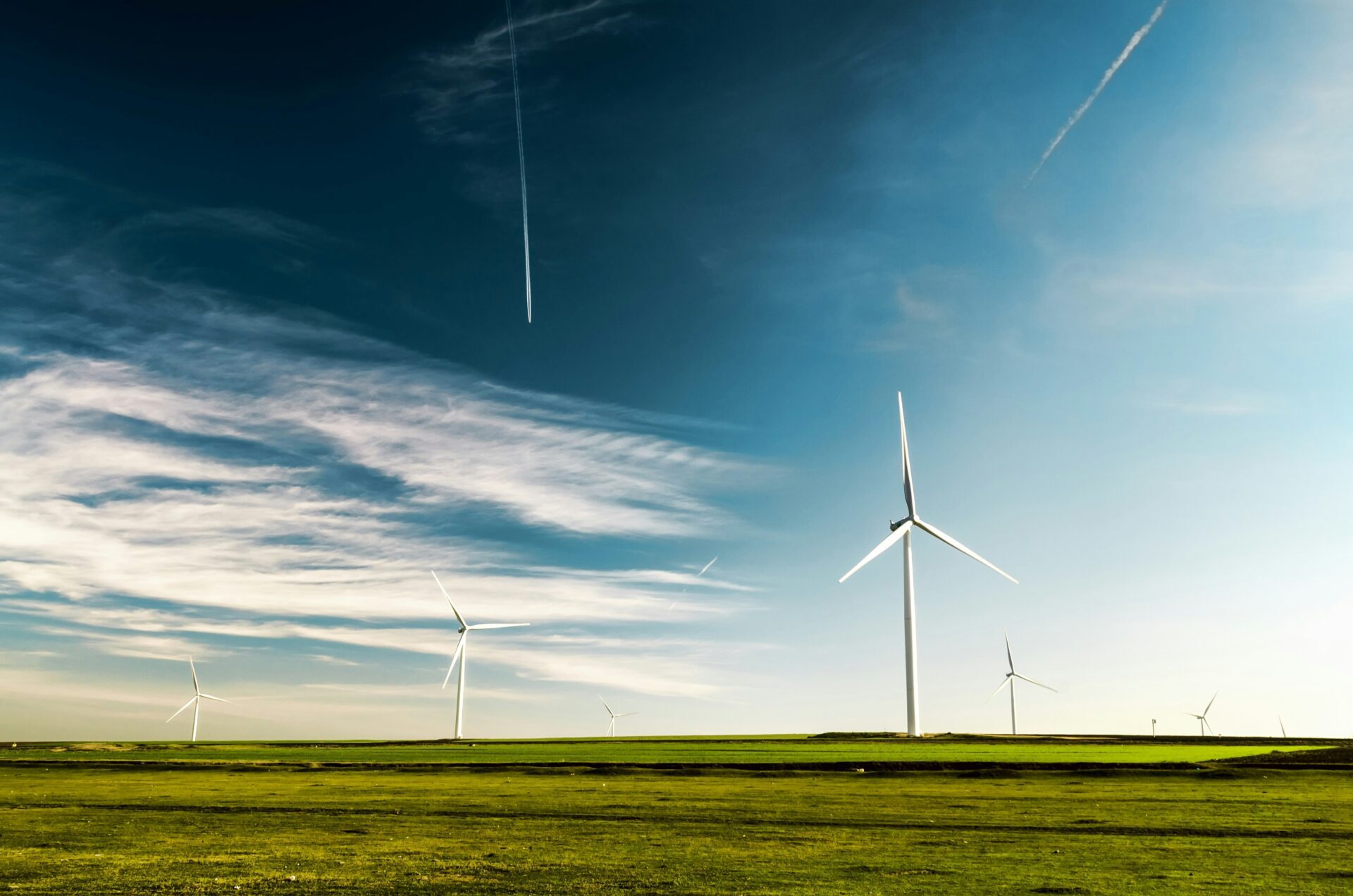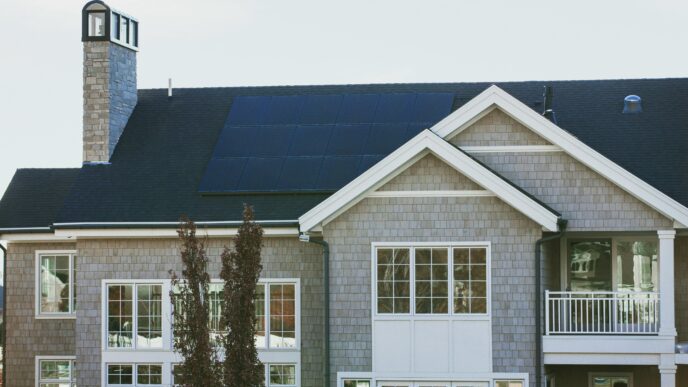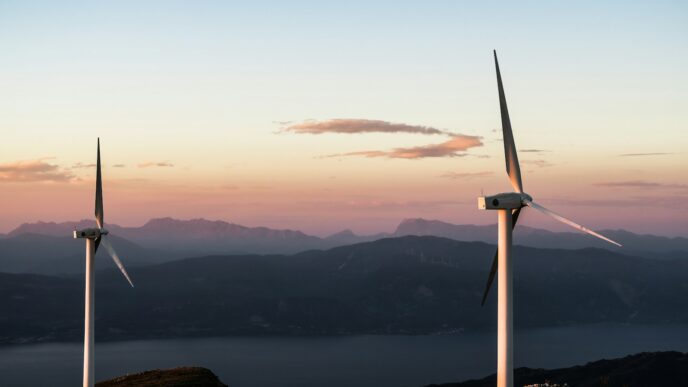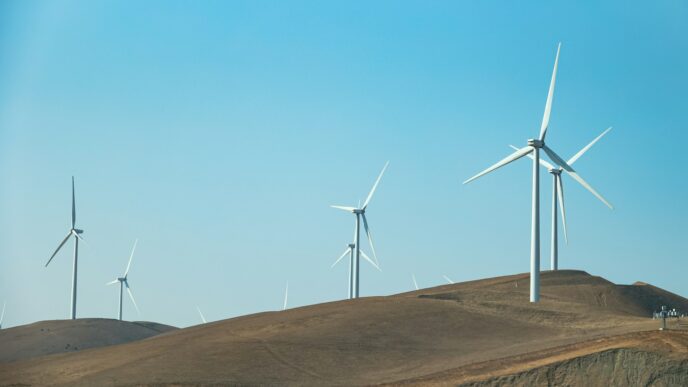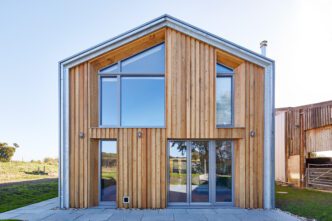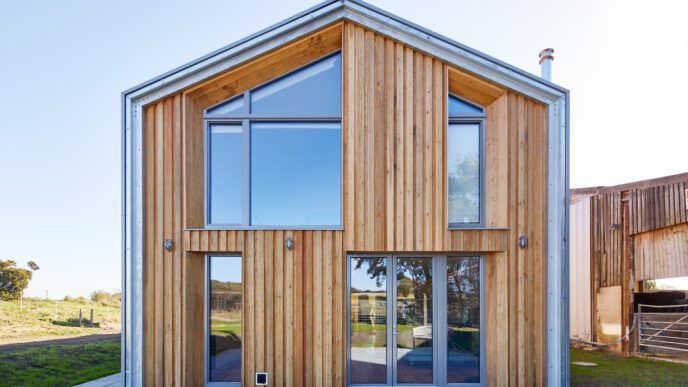Renewable energy is reshaping how we power our homes, businesses, and lives in the UK. By harnessing natural forces like wind and sunlight, we’re moving away from polluting fossil fuels and building a cleaner, more sustainable future. But how does it all work? And how does renewable energy actually make it to your home? Here’s an engaging, easy-to-digest guide to everything you need to know about renewables in the UK.
What Is Renewable Energy?
Renewable energy comes from natural resources that can be replenished—things like sunlight, wind, and water. Unlike coal, oil, or gas, these resources won’t run out (at least not for millions of years), and they don’t release harmful carbon emissions when used to create electricity.
In the UK, we’re focusing heavily on wind and solar power, which are the backbone of our green energy strategy. Together, these two sources are helping us move towards a future where the electricity we use is clean, reliable, and home-grown.
How Do Wind and Solar Power Work?
Wind and solar energy are two of the most common renewable energy sources in the UK. They’re simple, brilliant technologies that turn natural forces into electricity. Here’s how they work:
Wind Power: Making Electricity From the Breeze
• How It Works: Those huge turbines you see on hillsides or out at sea spin when the wind blows. This spinning motion drives a generator inside the turbine, creating electricity.
• Why It’s Great: The UK is one of the windiest countries in Europe, which means we’re perfectly positioned to harness this free and endless energy source. When stormy weather rolls in, those turbines work overtime, generating even more electricity.
• Did You Know? Offshore wind farms (the ones in the sea) are particularly effective because the wind is stronger and more consistent out there.
Solar Power: Capturing Energy From the Sun
• How It Works: Solar panels use special cells to convert sunlight into electricity. These panels can be installed on rooftops, in fields, or even on floating platforms.
• Why It’s Great: Solar panels are at their best during the sunny, long days of summer. And don’t worry—they don’t need blazing sunshine to work. They can still generate power on cloudy days.
• Did You Know? Solar panels on your roof can save you money by generating electricity for your own use, reducing your reliance on the grid.
Why Wind and Solar Work So Well Together
Wind and solar power are the perfect partners in crime. When one is less effective, the other often steps up:
• Winter: Wind turbines shine (not literally) during stormy weather, producing lots of electricity when the winds are high.
• Summer: Solar panels come into their own during long, sunny days, producing clean energy when we need it most.
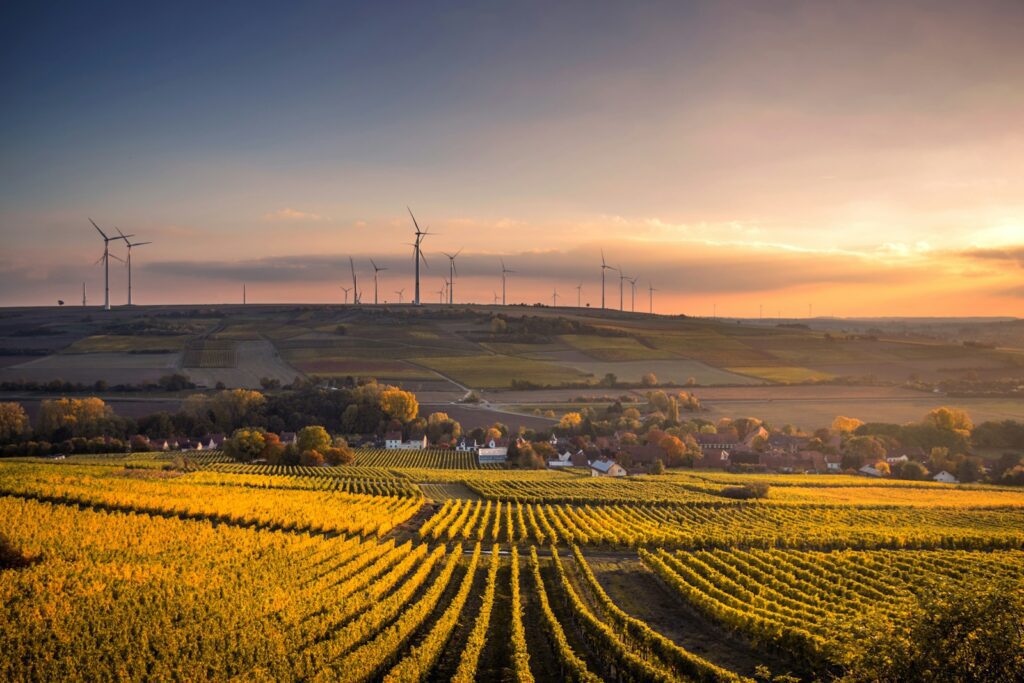
How Does Renewable Energy Get Into My Home?
This balance helps ensure that the UK has a steady supply of renewable energy throughout the year, no matter the season.
Ever wondered how electricity generated by a wind turbine in the North Sea or a solar panel in Cornwall ends up powering your kettle? Here’s the simplified journey:
1. Generation: Electricity is created at renewable energy sites like wind farms and solar farms.
2. Transmission: The electricity is sent through the National Grid, a network of high-voltage cables that transport energy across the UK.
3. Distribution: Once it reaches your local area, it travels through smaller wires and poles to your home.
4. Supply: Finally, your energy supplier ensures that the electricity you use is matched with renewable energy added to the grid.
Even though all electricity gets mixed in the grid, when you’re on a green tariff, your supplier guarantees the energy you pay for comes from renewable sources.
Why Stormy Weather Can Be a Good Thing
Believe it or not, those wild storms that shake your windows can actually help power the country. Here’s why:
• Strong winds make turbines spin faster, generating more electricity.
• During particularly windy days, the UK often generates so much renewable energy that it reduces the need for fossil fuels entirely.
So, while storms might not be great for your umbrella, they’re fantastic for keeping the lights on sustainably.
Why Renewable Energy Matters
Renewable energy isn’t just about cleaner air (although that’s a huge benefit). It also makes us less reliant on importing expensive fossil fuels, which can be affected by global price swings. Plus, as the cost of renewables continues to fall, it’s paving the way for cheaper electricity bills in the future.
Here’s what renewables bring to the table:
1. Cleaner Air: No burning fossil fuels means fewer harmful emissions, making the air we breathe healthier.
2. Energy Independence: By producing our own energy, we’re less reliant on imports.
3. Cheaper Bills (Over Time): Renewable energy is getting cheaper to produce, which means savings for everyone down the line.
What’s Next for the UK?
The UK has big goals for renewables. By 2035, the government aims to completely decarbonise electricity production. This means more wind farms, solar installations, and new technologies like battery storage systems, which store surplus energy for later use.
For consumers, this is good news. Switching to a green energy tariff or even installing solar panels at home will make it easier to play your part in the transition to a cleaner future.
In Summary
Renewable energy in the UK is all about turning natural forces—wind and sunlight—into the electricity that powers our daily lives. Wind turbines thrive during stormy weather, while solar panels soak up the summer sun, working together to create a steady, sustainable supply of energy.
By making the switch to renewables, we’re not just protecting the planet—we’re also creating a more secure and affordable energy system for everyone. So the next time you see a wind turbine spinning or a rooftop covered in solar panels, you’ll know they’re part of a bigger mission to power a greener, brighter future.


